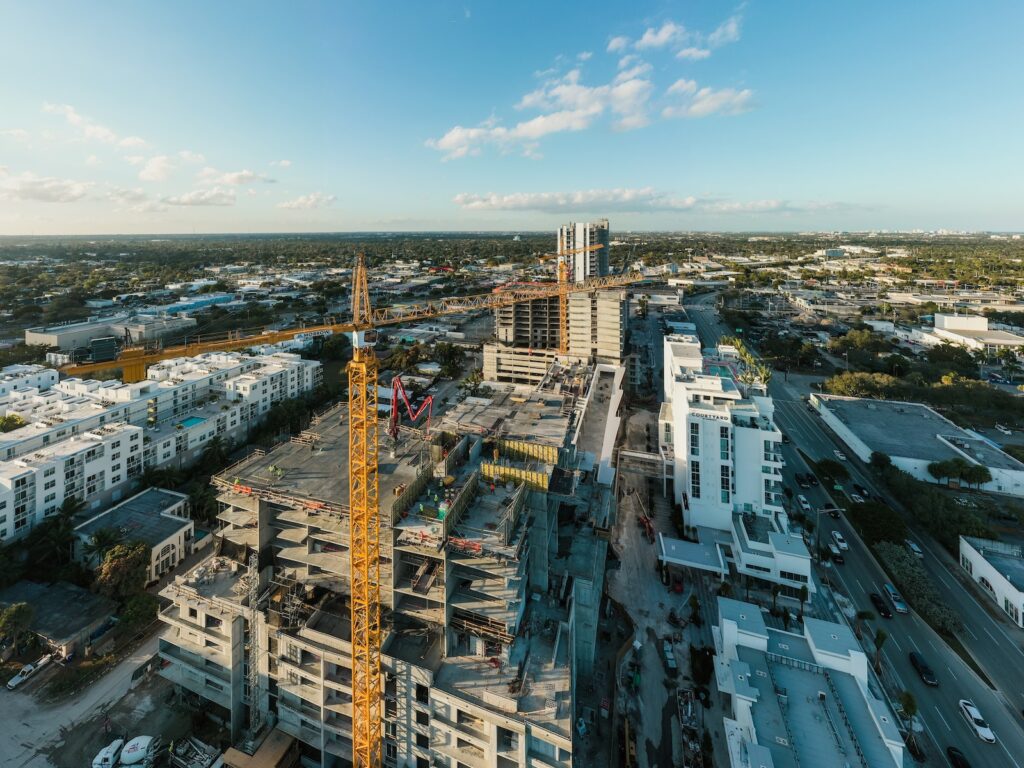Quick Tips for Effective Land Development Site Selection
Are you a private lender or real estate investor eager to unlock the full potential of your land development ventures? The key to success lies in the art of site selection. Choosing the perfect location can make all the difference in maximizing your profitability and ensuring the success of your projects.
In this article, we will share quick tips and tricks to guide you in making well-informed decisions when it comes to selecting the ideal land for development.
Tips for Effective Land Development Site Selection
To ensure you make informed decisions, here are quick tips and tricks for effective land development site selection:
1. Understand Your Goals and Objectives
Before diving into the selection process, define your goals and objectives clearly. Are you looking to develop residential properties, commercial spaces, or mixed-use projects? Determine the purpose of your development and identify the target market you want to cater to. This understanding will guide your site selection criteria and help you narrow down your options.
2. Research Local Market Conditions
Thoroughly research the local market conditions in the area where you plan to develop. Look into the demand and supply dynamics, demographic trends, economic indicators, and any upcoming infrastructure projects. Understanding the market will enable you to identify areas with potential growth and investment opportunities.
3. Analyze Zoning and Regulatory Requirements
Before finalizing a site, familiarize yourself with the zoning regulations and any other regulatory requirements in the area.
Each jurisdiction may have specific rules regarding land use, building codes, setbacks, height restrictions, and environmental considerations. Ensure your development plans align with these regulations to avoid costly delays or complications down the line.
4. Assess Accessibility and Infrastructure
Consider the accessibility and infrastructure available in the vicinity of the potential site. Evaluate the proximity to transportation hubs, major roads, highways, and public amenities like schools, shopping centers, and healthcare facilities. Easy accessibility and a robust infrastructure network will enhance the desirability and marketability of your development.
5. Study the Topography and Site Conditions
Thoroughly study the topography and site conditions of each potential site. Assess factors such as elevation, drainage patterns, soil quality, and any environmental constraints.
These factors can significantly impact the design and construction requirements of your project. Engage with experts, such as geotechnical engineers, to evaluate the feasibility of the site for your development plans.
6. Consider Future Growth Potential
Look beyond the present and evaluate the future growth potential of the area. Research any planned developments, infrastructure projects, or zoning changes that might affect the value and demand for the land. Choosing a site in an area with anticipated growth can lead to higher returns on investment in the long run.
7. Conduct Financial Feasibility Analysis
Perform a comprehensive financial feasibility analysis for each potential site. Consider the acquisition cost, development expenses, expected revenues, and projected return on investment. Evaluate the market value of the developed property and its potential for resale or rental income. This analysis will help you assess the viability and profitability of your land development project.
8. Seek Professional Advice and Due Diligence
Engage with professionals who can provide expert advice and assist you in conducting thorough due diligence. Consult with real estate agents, land use attorneys, architects, engineers, and surveyors who have experience in land development. They can guide you in assessing the suitability of potential sites and ensure compliance with legal and technical requirements.
The Value of Implementing These Tips and Tricks
By implementing these quick tips and tricks for effective land development site selection, you can benefit in several ways:
- Maximized Profit Potential: Selecting the right site increases the likelihood of a successful development project with higher profitability.
- Reduced Risks: Thorough research and due diligence minimize the risks associated with unforeseen challenges or legal issues.
- Increased Market Demand: Choosing a site that aligns with market demands and trends ensures a higher likelihood of attracting buyers or tenants.
- Streamlined Approvals: Complying with zoning and regulatory requirements from the outset can lead to smoother approval processes and fewer delays.
- Enhanced Asset Value: Investing in areas with growth potential can result in increased property values over time, providing long-term investment benefits.

Tools and Resources for Effective Site Selection
To assist you in implementing these tips and tricks, here are some useful tools and resources:
- GIS Mapping: Geographic Information Systems (GIS) mapping tools can provide valuable data on demographics, market trends, and infrastructure.
- Market Research Reports: Access industry-specific market research reports to gain insights into current and projected market conditions.
- Professional Networks: Connect with local real estate professionals, lenders, and investors to tap into their expertise and gather insights on potential sites.
- Land Use Attorneys: Consult with land use attorneys to navigate zoning regulations and ensure compliance.
- Environmental Consultants: Engage environmental consultants to assess potential environmental risks and compliance with environmental regulations.
Examples of Effective Land Development Site Selection
Let’s explore a few examples to illustrate the importance and utility of effective land development site selection:
- Example 1: Residential Development
- In a growing suburban area with increasing demand for family homes, selecting a site near good schools, shopping centers, and recreational amenities can attract potential buyers. Additionally, analyzing the availability of public transportation and ease of commute to employment centers can further enhance the desirability and marketability of the development.
- Example 2: Commercial Development
- For a commercial development project, choosing a site with high visibility, ample parking space, and convenient access to major roads or highways is crucial. Understanding the target market’s preferences, such as proximity to other businesses or specific customer demographics, can also play a significant role in selecting the ideal location.
- Example 3: Mixed-Use Development
- A mixed-use development combining residential and commercial spaces requires careful consideration of multiple factors. Identifying areas with a strong demand for both housing and business establishments, evaluating the walk ability and livability of the neighborhood, and ensuring a well-balanced mix of amenities and services are essential to creating a vibrant and successful mixed-use project.
Final Words
Choosing the right site for land development is a critical step that can greatly impact the success of your project. By understanding your goals, researching the local market, assessing zoning and regulatory requirements, considering accessibility and infrastructure, studying site conditions, evaluating future growth potential, conducting financial feasibility analysis, and seeking professional advice, you can make informed decisions and maximize your chances of a profitable development venture.
Start Your Successful Land Development Journey
Now that you have learned the essential tips and tricks for effective land development site selection, it’s time to put your knowledge into action.
Define your goals, conduct thorough research, leverage the available tools and resources, and seek professional guidance as needed. By following these steps, you’ll be on your way to making informed decisions and embarking on a successful land development journey.
What are your key takeaways from this article?
Reflect on the tips and insights shared in this article. How will you apply them to your own land development projects? Share your key takeaways and action plan in the comments below, and let’s continue the conversation!
